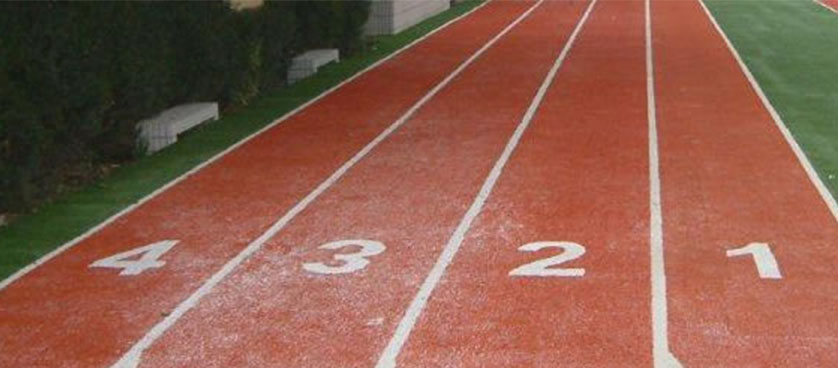Key performance indicators for professional athletes
People are driven by ambition and this means that they want to become better at what they do as time passes. In order to be the best at something, you have to start by monitoring your performance and then find ways to improve it. But the key is the measurement: you have to know what to improve, meaning you have to set goals and then attain them, one by one.
We talk about performance management and measurement in a lot of fields, from Sales to IT security, for instance. But what about sports? Those performing physical activities at professional levels also need to track their performance in order to be aware of what they have to work on in order to become the best in their field of action. This means that a football player should focus on developing different skills than an athlete. And an athlete, according to his or her category (e.g. track – sprints, middle distance, long distance, hurdles or relays; fields – jumps or throws; road running, mountain running, obstacle races etc.), should train differently. Their needs, their bodies and therefore their goals differ from one another. As a consequence, the tools that help them keep track of their performance need to be different.
As technology and sport come closer day by day, the new measurements and their relationships with success are to become more popular with coaches.
In today’s post, I am going to focus on those key performance indicators that are of use for Men’s 110m hurdles. Unfortunately, in this category, not much has changed since Renaldo Nehemiah’s extraordinary performance from 20 years ago: he managed to run the high hurdles in less than 13 seconds. Maybe the reason for this stagnation is the fact that there is a lack of meaningful split data for hurdles over touchdowns. While touchdowns are accepted measures to evaluate the hurdle clearance performance, they are not very complete since hurdle mechanics repeat 10x during a race and thus, small changes that might occur to hurdle clearance can turn into significant changes in the race. Below, there are the five key performance indicators in sprint hurdles for 110m:
- Air time: the period of time from toe off of the trail leg to lead leg touchdown
- Flight distance: the length from take-off of the trail leg to touchdown of the lead leg
- Pelvic projection: the distance from mid stance phase of the center of the pelvis to the highest point of the flight plan
- Apex displacement: The distance from the highest point of the flight path to the hurdle
- Hurdle Cycle Split: The duration of time between one complete hurdle sequences. Touchdowns are an example of one hurdle cycle but other options exist.
A combination of all the above mentioned measures will most likely lead to a great hurdle practice and performance. Also, measuring the angles and reviewing the sequence between opposing arms and legs, as well as the body posture during sprinting and hurdle clearance can create valuable insight, especially if the results are compared with previous performances of the athlete and with those of other athletes.
All in all, the indicators have the role to create the best hurdling technique, which lies in combining the necessary mechanics to safely position the athlete to run in and out of a 42 inch barrier ten times. In order to improve the athlete’s performance, it is essential for the coaches to understand that the main purpose of this technique is to decrease all aspects of hurdling time, the time in the air and on the ground being included. On short, they must provide practices and training elements that diminish the ground contact and the time spent in the air, by exposing the athletes to methods that encourage efficiency and power.
As a general conclusion, it is important to keep in mind the fact that through hard work, determination and motivation one can succeed. But those who work efficiently, monitoring their own performance and their progress, will be the ones to win the race. Because, after all, it is the winner that matters, and not those who took the lead the first half of the race.
References
Image Source:
Tags: KPIs for sports, Performance Measurement, Sports performance






